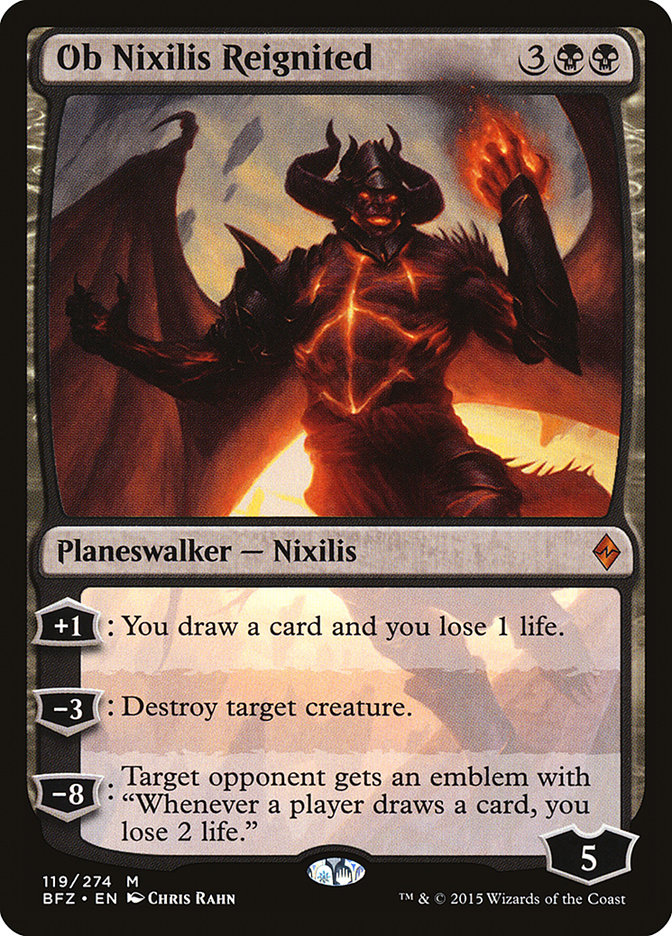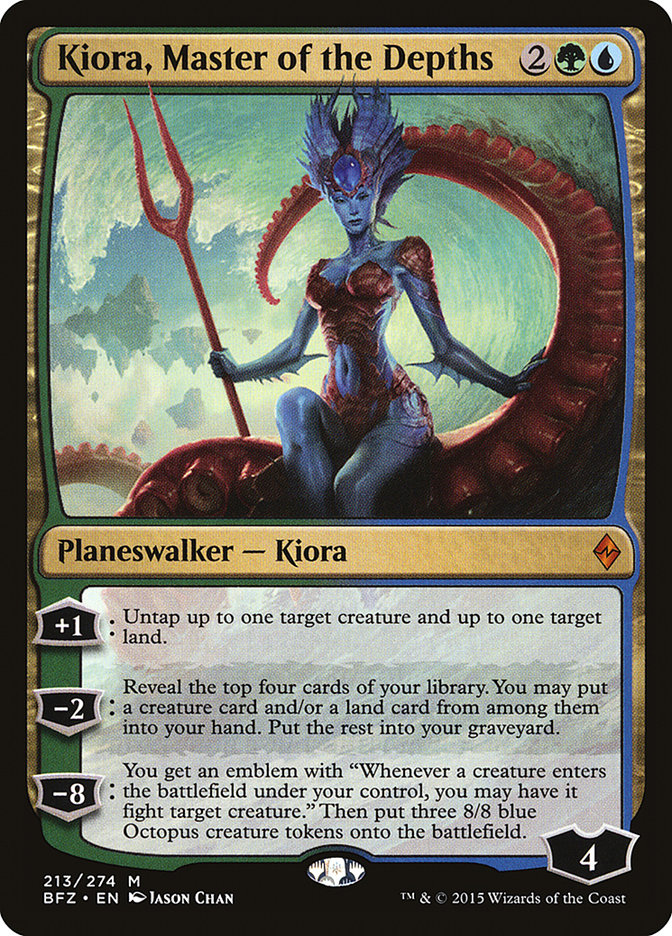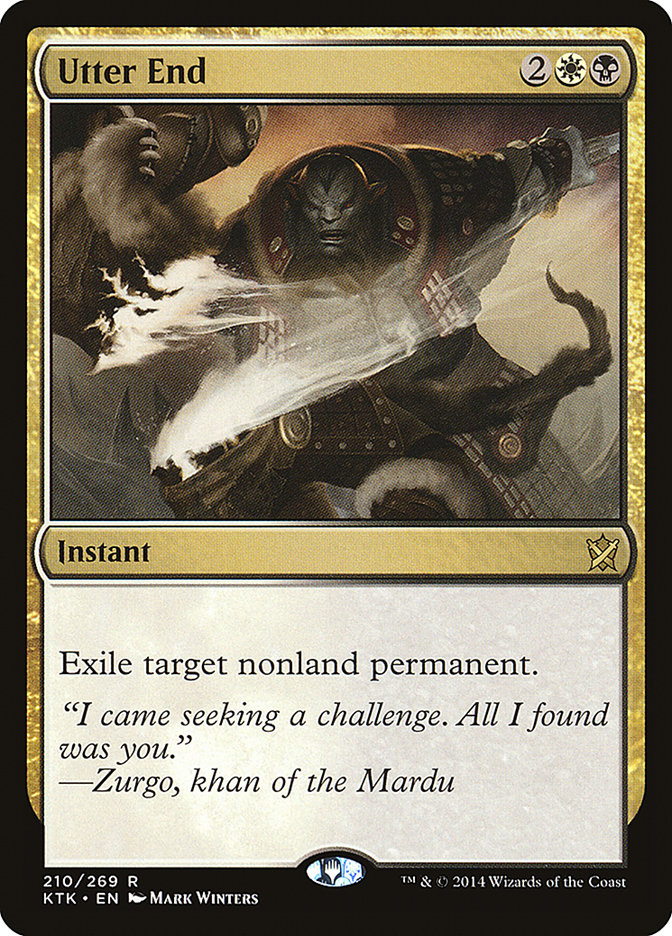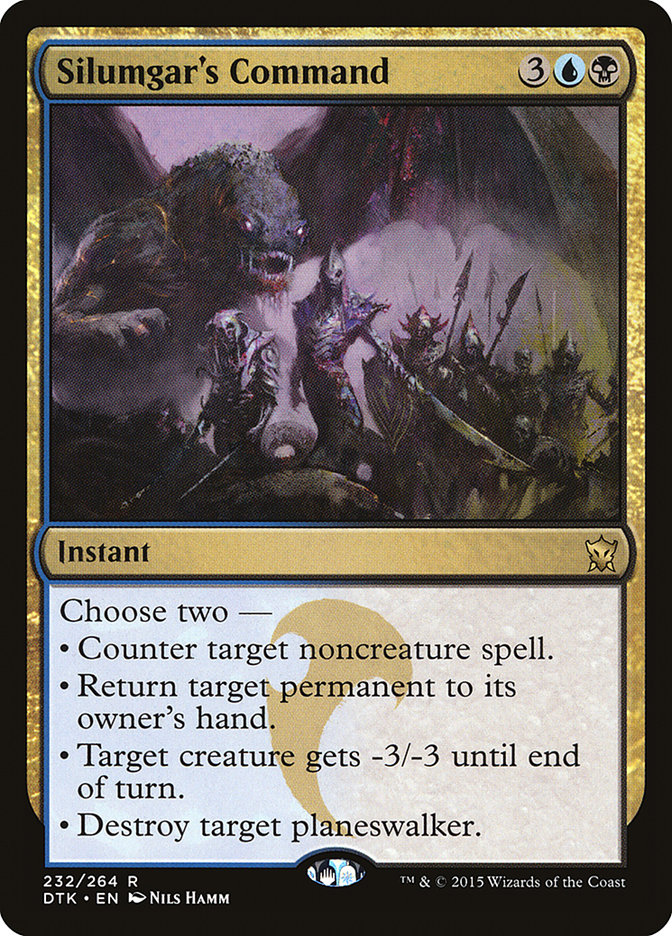If there is one word that is going to define this Pro Tour, it’s tempo.
Maintaining initiative is going to be imperative to succeeding in this new Standard format, and every single choice you make during deckbuilding is going
to be critical, perhaps more so than ever before.
The Mana
Battle lands, tri-lands, fetchlands, creature-lands, gain lands, the Blighted cycle, and Dragon lands do not even fully describe the types of non-basics
that will be available to us in a few short weeks. What’s going to define Battle for Zendikar isn’t whether you have the colors to cast your
spells, but rather if you will be able to cast your spells on time.
I’ve barely begun to scratch the surface of building successful manabases, but a huge component of navigating Battle lands appears to be a willingness to
go off the beaten path. You will be playing off-color fetchlands, a significant amount of them to ensure you will be able to cast your spells on time.
While it may appear counterintuitive, it would appear that this is actually a more consistent and reliable manner to get your colors untapped rather than
playing gain lands or even more tri-lands.
For example, a Temur manabase:
2 Island
2 Mountain
3 Forest
Now, granted I do not claim to have this figured out yet, nor would I describe the above as optimal, but it is reliable. Utilizing Flooded Strand and
Bloodstained Mire in this Temur manabase (with Nissa, Vastwood Seer in the deck) is a means to allow us to be able to play additional fetchlands to power
up our Battle lands by getting basic Island and Mountain. Further, the singleton copies of Canopy Vista and Smoldering Marsh means that these fetchlands
can function as dual lands in a pinch. Clearly there are a huge amount of implications for how to build your manabase if this is a three-color deck that
hasn’t even tried to branch into maxing out its available creature-land (Lumbering Falls) or playing any colorless utility lands.
Here’s an example of a Mardu manabase crafted by someone smarter than me:
1 Swamp
3 Mountain
2 Plains
It would never be intuitive to assume that Bloodstained Mire may not be the best fetchland for a Mardu manabase, but that appears to be the reality we live
in.
I think it’s fair to say there will be no hard and fast rules in Battle for Zendikar. The only question that everyone will have to answer is: can
you keep up? While having Mantis Rider and Siege Rhino in the same deck is probably going to be possible, are they really that imposing entering the
battlefield a turn behind their opponents?
The Threats and Removal
Some of the most important threats moving into Battle for Zendikar are:
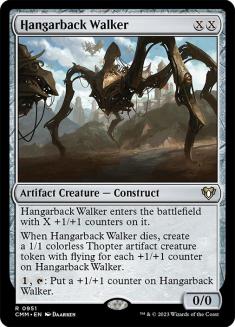
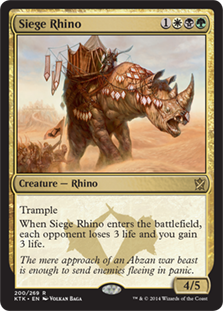
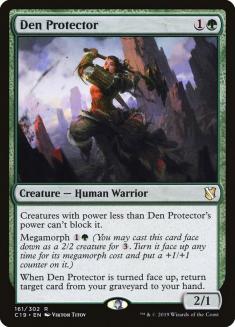

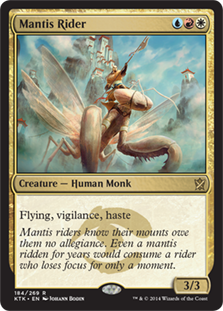
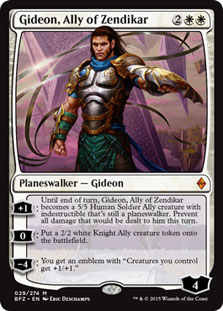
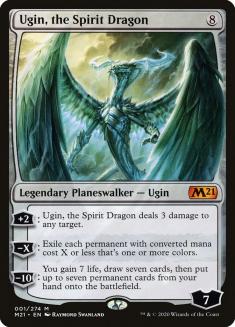
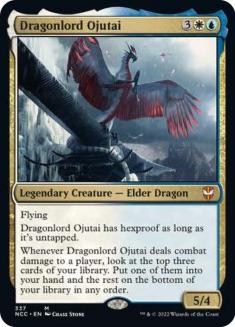

If the tail end of Theros/Khans of Tarkir Standard was any indication, I think we should all be prepared to play against a legion of Thopters from
any color combination. What you may notice from the above list is that all of the premier threats are either incredibly resilient, create some kind of
value immediately, or are planeswalkers (several of which I’ve even omitted).
What this means is that to create favorable exchanges with these threats, your removal spells are required to line up in very specific manner. However, the
removal in this format sucks. There are hardly any two-mana removal spells and Ultimate Price barely kills anything but Jace Vryn’s Prodigy and small red
creatures.
While there are numerous amounts of sweepers present in the format currently (Radiant Flames, Languish, End Hostilities, Planar Outburst, Crux of Fate),
none of them are able to exile creatures, leaving any Hangarback Walkers and Deathmist Raptors free reign to keep the pressure up. It will be imperative to
leverage sweepers with a proactive element whether that be a Dragon + Crux of Fate or End Hostilities + planeswalkers.
There are undoubtedly a plethora of options, simply things are different. For example, Hero’s Downfall is gone. While most may write this off under the
assumption that Ruinous Path has replaced the marquee Theros removal spell, I hate to break it to you, but that’s simply not the case.
Like I said, tempo is going to be the name of the game. Control decks cannot function in a world where their interaction is defined by wasting precious
mana staring at the creature their opponent just played before finally untapping and killing it with Ruinous Path. If this type of exchange is repeated
numerous times throughout the game, control decks will slowly but surely keep getting pushed behind and chip shotted out of the game with their powerful
cards rotting in hand.
I haven’t even mentioned planeswalkers yet. Have you guys read Gideon, Ally of Zendikar? While I shared my disbelief yesterday regarding the absurdity of the
newest champion of Zendikar, I do want to note again the implications Gideon specifically will have on the pacing of games in new Standard. The Ruinous
Path conundrum is problematic enough when simply trading with a big creature. When we begin to discuss having to fight Gideon, that’s when the real issues
begin. If, after casting Gideon, I receive a 2/2 Knight and my opponent has to skip their turn 5 just to remove my planeswalker, I can’t imagine feeling
anything but elation.
While Gideon is certainly the center of attention, and for good reason as I suspect the format will warp around him, the lackluster options that are
present for removing planeswalkers means that the card type will be incredibly powerful moving forward. Neither of the other two new planeswalkers in Battle for Zendikar are slouches.
Ob Nixilis Reignited is somewhat of a hybrid between Liliana of the Veil and Liliana Vess. If presented with the scenario of the Ob Nixilis removing your
opponent’s only threat, they will be hard pressed to answer him without sacrificing not only two cards but likely two whole turns! If given even just one
additional turn of reprieve, this means Ob Nixilis can generate as much as killing two creatures and drawing a card. That’s a very tall ceiling on a
five-mana planeswalker, and I suspect to see him getting a ton of play in control decks and being a strong contender to fight with Wingmate Roc for Abzan’s
five drop-slot.
Kiora, Master of the Depths is similarly interesting in that she is able to generate a lot of value if left unmolested for a turn or two by making a Jace,
Architect of Thought impression. While I haven’t been able to play much with her yet, I’m also excited by the implications she has for graveyard-centric
strategies alongside Gather the Pack, as well as powering up the best card in Magic Origins.
It’s not all doom and gloom though, we simply must adjust to a new set of circumstances. A brand new removal spell that I am excited about is Stasis Snare.
While Snare isn’t able to remove planeswalkers, it can remove everything else, including Gideon, Ally of Zendikar or Sarkhan, the Dragonspeaker should they
ever get too frisky and become mortal. The fact that Stasis Snare has flash is absolutely critical for allowing players to retain parity with their
opponents.
Further, Snare is a clean answer to Hangarback Walker, denying those precious Thopters to their master. In a similar vein, it would appear that Silkwrap is
well-positioned for its ability to remove Hangarback Walker, but also a slew of other great cards like Mantis Rider and Anafenza, the Foremost.
While it might be easy to live in fear of Dromoka’s Command when considering playing a bunch of enchantments, the rampancy of Hangarback Walker will
actually backfire on Command players should their Construct ever get removed. It is important, however, to keep in mind that if Stasis Snare is removed
with its trigger on the stack, there will be no repercussions, even for Hangarback Walker.
So what can we do about the Gideon problem? Well, an important aspect of rotation is not only focusing on what is brand new but what old cards have been
given the breath of life through context. In this case, I’m looking at two cards specifically: Utter End and Silumgar’s Command. Utter End has seen a fair
amount of play, showing up a copy or two strong in Abzan decks over the past year, but I think it’s finally time for it to shine. The fact that it can
remove planeswalkers at instant speed is the big pay-off, but we should never overlook the various Ascendancies, Sphinx’s Tutelage, and perhaps even Hedron
Archives that are sure to be running around soon.
Silumgar’s Command is not only capable of removing planeswalkers but regaining the precious tempo we’ve lost. It is one of the few ways to cleanly kill a
Gideon (destroying him and -3/-3 the token) or a flipped Nissa, Vastwood Seer (destroy her, bounce the token). It is also, just like Utter End, incredibly
versatile.
Not only do we have to identify the best way to combat threats in a manner that allows our deck to function properly on curve but we then have to build the
manabase to execute. The options appear to be nigh limitless when the mana is as good as it is now with the Battle lands, so the challenge will be making
the deck that does it in the most fluid and consistent manner.
My biggest takeaways from my first taste of Battle for Zendikar Standard is that I have to relearn everything I know about deck construction. Not
only is it imperative to build a functional manabase but we are no longer living in a world where it’s acceptable to have twelve
enter-the-battlefield-tapped lands. Most of the premier threats from the last Standard season are still around, and that means we are billed with having to
deal with resilient and hard hitting spells that are going to come down on time and push our own strategies and answers to the test. While it won’t come
easy or immediately, I suspect that the tools are available to make this Standard format incredibly diverse, challenging, and engaging.
I look forward to the next six months. Don’t you?


